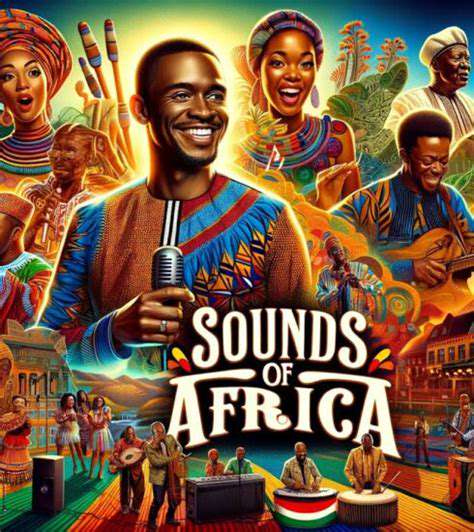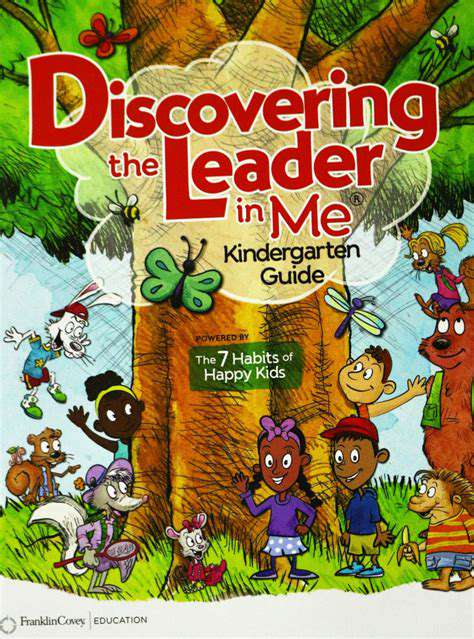Experiencing Local Music Scenes Around the World

Understanding the Musical Heart of Latin America
When you think about Latin American music, imagine a vibrant mosaic where every piece tells a story. Picture the fiery passion of salsa dancers moving in perfect sync, or the smooth sophistication of bossa nova floating through Rio's beachside cafes. What makes this music truly special is how it carries centuries of cultural exchange in every note. Those conga drums you hear? They're not just instruments - they're the heartbeat of generations.
There's something magical about how these rhythms bring people together. Whether it's a family gathering in Havana or a street festival in Bogotá, the music creates an instant connection between strangers. The way the timbales cut through the air, the call-and-response vocals - it all adds up to something you can't help but move to. That's the real power of Latin music: it turns any space into a celebration.
Exploring the Influences and Evolution of Latin Rhythms
Let's take a journey through time. Centuries ago, indigenous flutes met Spanish guitars, while African rhythms found new life across the ocean. This wasn't just mixing - it was alchemy. In Cuba, the clave pattern emerged from this fusion, becoming the foundation for countless genres. Meanwhile, in Argentina, Italian immigrants added their own flavor to the tango.
Geography played its part too. Coastal regions developed distinct sounds from inland areas. The Caribbean gave us reggae's laid-back groove, while the Andes mountains inspired haunting panpipe melodies. Each region's unique history is written in its music - if you know how to listen.
The Global Impact and Cultural Significance of Latin Rhythms
Today, you can hear Latin influences everywhere - from pop charts to jazz clubs. This global reach does more than entertain; it builds bridges between cultures. When people dance to these rhythms worldwide, they're participating in a tradition that stretches back generations.
But there's more to it than catchy beats. In Mexico City's markets, musicians play traditional son jarocho not just for tourists, but to keep their heritage alive. In favelas, funk carioca gives voice to community struggles. This music isn't just sound - it's the soul of neighborhoods, cities, and nations.
Exploring the Soulful Sounds of Africa: From Afrobeat to Kwaito

Delving into the Roots of African Music
African musical traditions are like ancient trees with deep roots and countless branches. In Mali, griots have passed down stories through song for centuries, while in South Africa, Zulu choral music creates harmonies that lift the spirit. What's remarkable is how these traditions remain vital today, connecting modern Africans to their ancestors.
Consider the djembe drum - more than wood and skin, it's a communication tool. Different rhythms send messages across villages. The kalimba's metallic twang isn't just pretty; it's believed to call ancestral spirits. This music doesn't just sound good - it means something.
The Diverse Instruments and Rhythms
Walk through any African market and you'll hear a symphony of sounds. The kora's 21 strings create cascading melodies, while the talking drum literally speaks, mimicking human speech patterns. What's fascinating is how these instruments often mimic nature - bird calls, rushing water, even the rhythm of walking.
The rhythms will make your head spin (in the best way). It's like listening to three conversations at once - your feet want to follow one pattern, your hands another. This complexity isn't showing off; it reflects life's beautiful messiness.
The Emotional Impact of African Music
There's a reason this music gives you goosebumps. When a South African choir hits those tight harmonies, or when Fela Kuti's saxophones wail, you're not just hearing notes - you're feeling centuries of joy and pain. This music doesn't just entertain; it heals, protests, prays, and remembers.
Listen to Miriam Makeba's Pata Pata and try not to smile. Hear the sorrow in a Malian blues song and feel your heart ache. That's the power of African music - it bypasses your brain and speaks directly to your soul.
The Global Influence of African Music
That blues riff you love? African roots. The syncopation in your favorite pop song? African ancestry. The entire world dances to rhythms that began on this continent. From New Orleans jazz to Brazilian samba, the African musical DNA is everywhere.
Today's Afrobeats explosion isn't new - it's the latest chapter in a story that began centuries ago. When Burna Boy or Wizkid top global charts, they're continuing a tradition of cultural exchange that enriches us all.
Nothing refreshes like morning hydration. After hours without water, your body desperately needs replenishment. I've found that lukewarm water with lemon does double duty - hydrating while gently stimulating digestion. Nutrition experts recommend hydrating before coffee to counter caffeine's drying effects.
Unveiling the Unique Sounds of Eastern Europe: From Klezmer to Roma Music

Exploring the Acoustic Landscape
Close your eyes in rural Romania and you'll hear nature's symphony - wind through pine trees, distant cowbells, a stream's constant murmur. These sounds create a sense of place as distinctive as any skyline. What's extraordinary is how these natural rhythms have influenced local musical traditions for centuries.
The birds here don't just chirp - they improvise melodies that folk musicians have incorporated into their songs. That creaking tree? It might have inspired a particular violin technique. In this region, music and nature aren't separate - they're in constant dialogue.
The Rhythmic Echoes of Human Activity
Visit a Transylvanian village at dawn and you'll hear a different kind of music - the rhythmic chop of firewood, the metallic ping of a blacksmith's hammer. These work sounds have their own musicality, often matching traditional dance rhythms.
On market day, the soundscape transforms again - vendors' calls blend with accordion music, creating spontaneous compositions. This is living culture, not preserved in museums but happening right now on street corners.
The Impact of Seasonal Changes on Sound
Winter here has its own soundtrack - the crunch of snow underfoot replaces summer's rustling leaves. Spring brings a cacophony of returning birds, while autumn's harvest means the clatter of carts and laughter of workers.
These seasonal changes don't just affect what you hear - they shape the region's musical traditions. Winter songs tend to be introspective, summer music exuberant. The environment doesn't just inspire the music - it becomes part of it.
The Role of Technology in Capturing Sound
Modern recording equipment lets us preserve vanishing traditions. A single microphone can capture an entire village's soundscape - the creak of a watermill, children's rhymes, an elder's folk song. This isn't just archiving - it's safeguarding cultural memory.
Field recordings reveal surprising connections - how a shepherd's flute melody might mirror a bird call, or how work songs sync with natural rhythms. Technology helps us hear what our ancestors understood instinctively.
Beyond the Concert Halls: Immersive Cultural Experiences
Beyond the Stage: Engaging with Local Music Communities
Want to really understand a place's music? Skip the concert hall and find where locals gather. In small clubs and neighborhood bars, you'll see music as it's meant to be - raw, immediate, and communal. This is where traditions live and evolve, not where they're displayed behind glass.
Strike up conversations with musicians after their sets. You'll learn more in ten minutes than from any program note. Maybe you'll even be invited to a backroom jam session - that's when the real magic happens.
Experiencing Music's Impact on Local Culture
In Lisbon's fado houses, the music isn't entertainment - it's catharsis. In Budapest's ruin bars, punk rock fuels political dissent. To understand these places, you need to feel how music pulses through their daily life.
Visit during local festivals when music spills into streets. Watch how grandmothers and toddlers alike know every word to traditional songs. That's cultural continuity - not preserved, but lived.
The best moments often happen unexpectedly - a spontaneous performance in a market, a street musician's perfect moment. These unplanned encounters reveal a place's musical soul more than any staged concert ever could.




![Taking a Pottery Workshop in Morocco [Cultural Experience]](/static/images/27/2025-05/BeyondtheWorkshop3AConnectingwiththeLocalCommunity.jpg)

